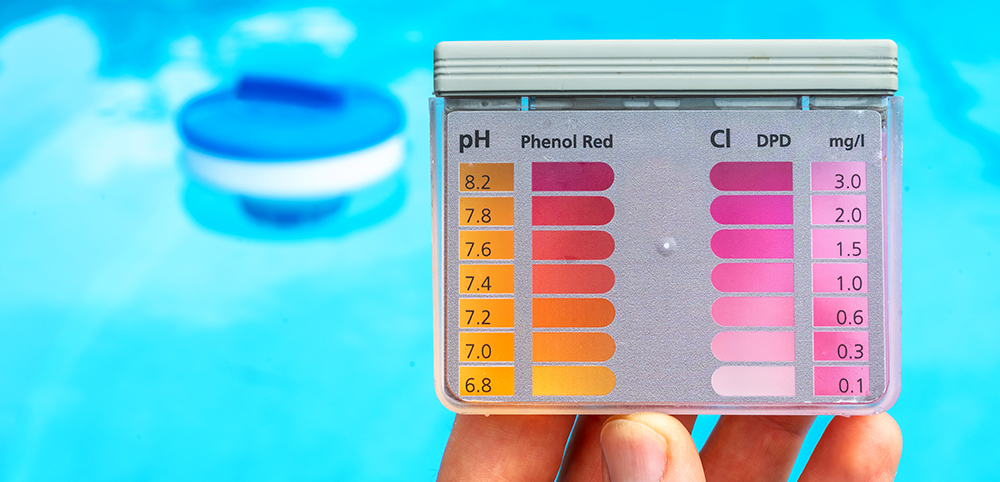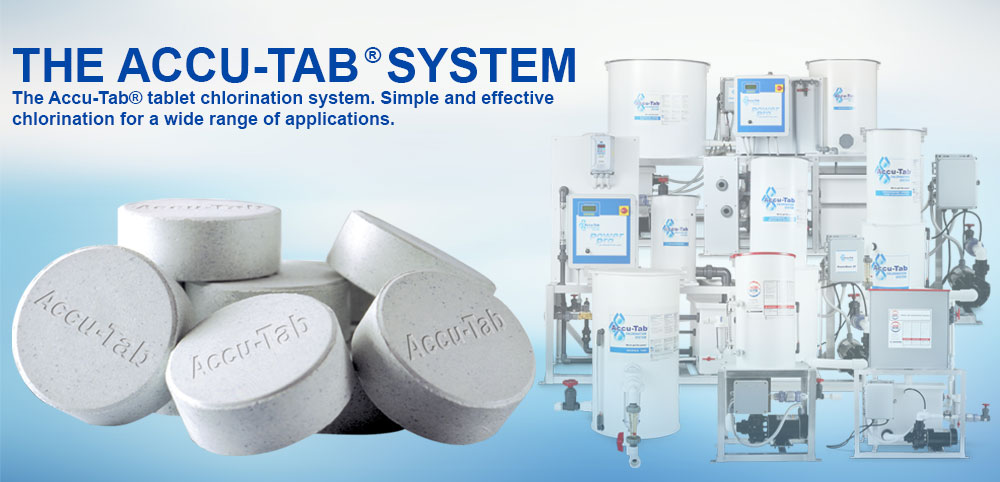Proper pH levels are crucial elements in maintaining clean and healthy commercial pool water.
Specifically, that key pH balance range of 7.2-7.8 plays a vital role in chlorine’s effectiveness in attacking pathogens and ensuring swimmer comfort.
But a pH level outside that desired range can have adverse effects. Low pH levels can corrode fixtures and stain pool walls, but pH levels that get too high present their own set of problems, including scale deposits and restricting water flow.
The key to managing pH levels falls to maintaining an alkalinity level within the correct range. With the role that alkalinity levels play in a pool, it is important for pool operators to understand it – so what do you need to know?
The Importance of Checks and Balances
Alkalinity is the key to preventing sudden changes in a pool’s pH level, and ultimately, an important factor in keeping aquatic facilities open for swimmers.
The optimal alkalinity range is anywhere from 80-100 parts per million (ppm). Low total alkalinity results in unstable pH levels, causing unwanted dramatic rises or dips in the pH level. This phenomenon of low or high pH extremes—known as pH bounce—can irritate swimmers’ eyes and nasal passages, and cause dry skin. Low pH in conjunction with high combined chlorine levels can give rise to volatile chloramines, which are toxic and irritating to eyes and respiratory tracts, in addition to giving off a foul odor.
If total alkalinity is too high, however, the pH level will rise along with it, leading to the formation of scale deposits.
Testing 1, 2, 3
Keeping track of your pool’s alkalinity by way of regular tests ensures that it will be free of contaminants and irritants.
Alkalinity is typically tested with inexpensive alkalinity testing strips. Simply dip the test strip into the pool before about 15 seconds to read the results. Handling and storage of test strips is essential – click here for a more complete guide to using total alkalinity test strips.
If you are willing to spend a little more, a colorimetric test is a great resource. These tests are excellent for pools that have multiple people testing the water and require greater accuracy due to variable lighting conditions.
A more technical method is known as titration. This process slowly adds one solution (titrant) to another solution until it reaches neutralization. With the titration method of alkalinity testing, poolside drop-count titrations and laboratory titrations with burettes can be used to determine alkalinity.
While important to maintain, alkalinity is not as volatile as pH levels, and thus doesn’t require as frequent testing. Alkalinity can be tested every other time pH tests are conducted—which essentially works out to once per week.
Recognizing the importance of maintaining proper water balance, the team at PurAqua offers the Acid-Rite® pH Adjustment System from Westlake Water Solutions. A simple and accurate system that requires very little maintenance, Acid-Rite is an effective alternative to bulky liquid acid systems and cumbersome granular sodium bisulfate bags. The Acid-Rite system provides reliable pH balancing combined with easy installation.





